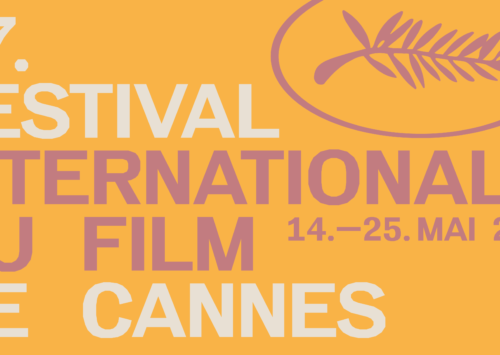Can India win over China at BRICS Summit in Goa?

India has laid out a five-point agenda for the 2016 BRICS Summit
The two-day BRICS Summit, beginning this weekend, is likely to be clouded by Sino-Indian dialogue on how to contain Pakistan-sponsored terrorism.
India is all set to host the 8th BRICS summit in global tourist hotspot Goa, on the western coast, beginning October 15. This is an influential bloc comprising five countries, namely Brazil, Russia, India, China and South Africa, with 42 pc of the world population and a combined GDP of almost EUR 15 trillion.
First used in 2001 by Jim O’Neill, then chairman of Goldman Sachs, in his Global Economics Paper, the inaugural BRIC summit took place in Yekaterinburg, Russia on June 16, 2009. Later in 2012, South Africa was accepted as the fifth member.
So far, seven Summit meetings have been taken place. The last BRICS Summit was held in the Russian city of Ufa. Next year, China will host the 9th BRICS summit.
India has laid out a five-point agenda for the 2016 BRICS Summit. It includes institution building, implementation, integrating, innovation and continuity.
Based on the agenda, the proposals and discussions will follow. Also, the New Development Bank, trade cooperation, credit ratings, healthcare, sustainable growth, climate change and a shift to cleaner, greener energy will come up.
But BRICS summit comes at a time when arch rivals India and Pakistan have hit an all-time low in their bilateral ties. Pakistan has sponsored cross border terrorism in India in the name of furthering the Kashmir agenda. India’s recent retaliation by surgical strikes in Pakistan Occupied Kashmir (POK) to avenge the terror attack in Uri in Jammu and Kashmir is likely to reverberate in the summit.
After successfully isolating Pakistan diplomatically, India has invited leaders from BIMSTIC – a regional outfit consisting of Afghanistan, Bangladesh, Bhutan, Maldives, Myanmar, Nepal, Sri Lanka and Thailand – to the BRICS summit.
Brazil and South Africa are expected to stay indifferent to the tremors in the subcontinent while Russia- a long standing ally of India – will most likely appreciate India’s concern on terror. What will be in focus is the Chinese stand in regard to scourge of terrorism given Beijing’s proximity to Islamabad to advance its own geopolitical interest and to offset India’s influence. But Beijing sees Pakistan as a window of opportunity to gain entry into the Islamic world, a populous market, to dump its industrial surpluses as well as use the low-cost labour base.
Even as China gives its unstinted support to Pakistan it has to keep in mind the vulnerabilities back home due to Islamic terrorism spilling into Xianjing.
Another major point of conflict between the two Asian neighbours is the Chinese blockade of the move to prevent Jaish-e-Mohammad (JeM) chief Masood Azhar from being declared a global terrorist by the United Nations.
Equally important is to engage China as India plans to give its Nuclear Supplies Group membership bid another push with the forthcoming NSG meet in Vienna in November.
NSG is a 48-member grouping of countries that trades in civil nuclear technology. India has been campaigning to join the NSG to back a multi-billion-dollar drive to build nuclear power plants in partnership with Russia, the United States and France, in order reduce India’s dependence on polluting fossil fuels.
Prime Minister Narendra Modi will raise the issue of India’s membership in NSG when he meets the Chinese President Xi Jinping on Saturday and it is important for India that China changes its rigid stance.
As BRICS leaders come together to discuss various issues, the focus will be on many of the issues determining the India-Pak-China dynamics.









